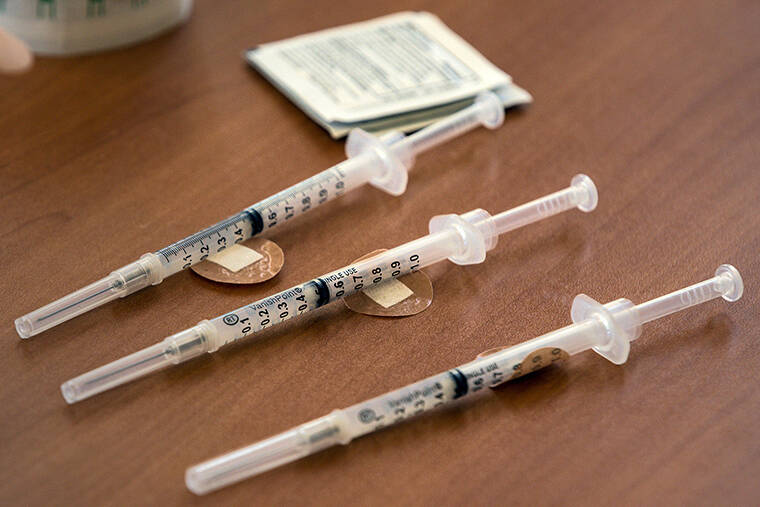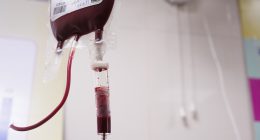
The Centers for Disease Control and Prevention on Friday recommended Moderna’s coronavirus vaccine be used as an option for children and adolescents aged 6 through 17 years old.
Dr. Rochelle Walensky, the CDC’s director, signed off on the panel’s recommendation less than a week after she endorsed Moderna and Pfizer-BioNTech’s vaccines for even younger children.
“We have expanded the options available to families by recommending a second safe and effective vaccine for children ages 6 through 17 years,” she said. “Vaccinating this age group can provide greater confidence to families that their children and adolescents participating in child care, school and other activities will have less risk for serious COVID-19 illness.”
Scientific advisers to the CDC concluded Thursday that the benefits of the Moderna vaccine outweigh potential risks and recommended two doses of the vaccine for children and teens.
The endorsement was neither a surprise nor urgently anticipated. The Food and Drug Administration authorized the Moderna vaccine for that age group late last week, and the decisions of the two agencies have rarely been at odds.
The recommendation was one of the last hurdles before a second vaccine option becomes available to a large swath of those younger than 18. The vaccine produced by Pfizer and BioNTech has been available to children ages 5 through 15 since last year and to Americans 16 and older since late 2020.
Moderna’s vaccine was authorized for adults in December 2020. Last June, the company applied to use its vaccine in adolescents ages 12 to 17, who would receive 100 micrograms, the same dose as adults. But while the FDA took roughly a month to sign off on Pfizer’s application for older children, it stalled Moderna’s application.
In an announcement in October, Moderna said the FDA was reviewing reports that suggested its vaccine can cause heart problems in adolescent boys. The company also said it would hold off on applying for authorization for children ages 6 to 11 until the FDA had made a decision for the older children.
In May, Moderna submitted its application to the FDA for children ages 6 to 11, who would receive 50 micrograms, or half the adult dose.
In a closely watched two-day meeting last week, advisers to the FDA first endorsed the Moderna vaccine for children ages 6 to 17, and then the use of both the Moderna and the Pfizer vaccines for children as young as 6 months.
Meetings of the CDC advisers late last week prioritized the urgent need for vaccines for the youngest children, deferring a decision on the Moderna vaccine for older children until this week.
In their meeting Thursday, committee members were presented with data indicating that the Moderna vaccine has an efficacy against symptomatic infection of about 80% in children ages 6 to 11 and of about 90% in adolescents ages 12 to 17. But that data was collected before the arrival of the omicron variant, which has shown some ability to dodge immunity.
“We know that COVID can cause severe disease and death among children and adolescents, including those without underlying medical conditions,” said Dr. Sara Oliver, a CDC scientist who presented some of the data.
“The benefits outweigh the risks for mRNA COVID-19 vaccines in all ages,” Oliver said.
CDC researchers said the Moderna vaccine is safe overall. It carries a very small risk of transient heart problems in adolescent boys ages 12 to 17, but a similar risk has been observed with the Pfizer vaccine, according to Dr. Tom Shimabukuro, a CDC scientist who presented the data.
Several studies have shown that COVID-19 itself carries a much higher risk of heart problems than either vaccine.
Still, to minimize the risk of heart problems, the CDC now recommends that boys and men between 12 and 39 years old space their doses apart by eight weeks.
Much of the discussion Thursday was focused on the potential confusion for providers administering different vaccines, at different doses, for several different age groups.
There is no data on the usefulness of a booster shot of the Moderna vaccine for children and adolescents, and the FDA authorized the vaccine only for primary doses. But that data is likely to be available by the time these children would become eligible for a Moderna booster shot, CDC scientists said.
This article originally appeared in The New York Times.
Source: Star Ads







